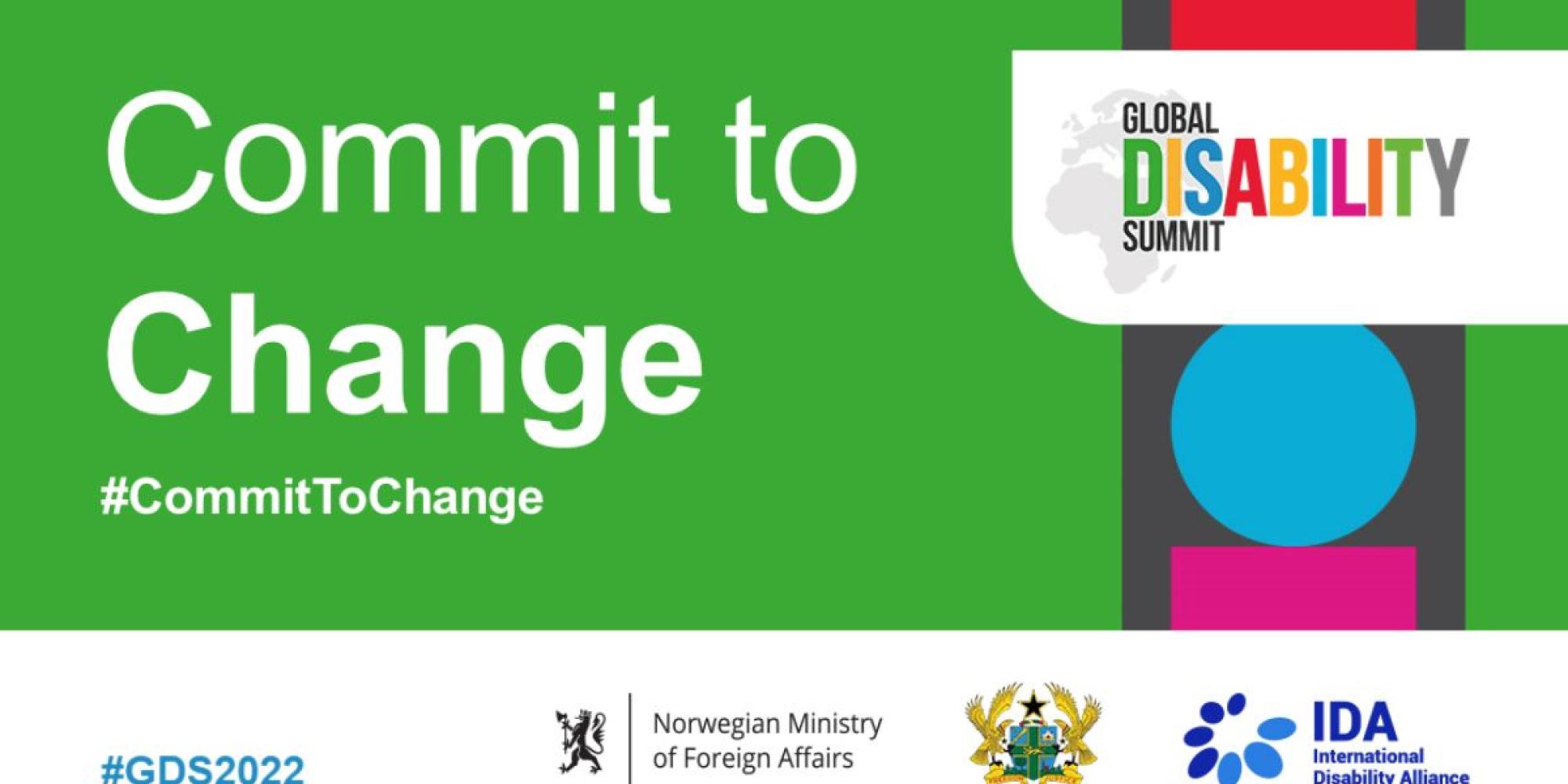
To introduce the Disability Inclusive Helpdesk’s evidence digest on inclusive education, Ruth Owen OBE, Chief Executive of Leonard Cheshire, and Charlotte V. McClain-Nhlapo, Global Disability Advisor at the World Bank, discussed why it’s vital that world leaders make clear financial commitments to disability-inclusive and gender-responsive education if we plan to build back better and fairer from the pandemic.
Ruth: World leaders have a crucial responsibility for championing disability inclusion and promoting programmes that work in this area. So it was encouraging to see financial commitments being made to girls’ education at the recent G7 summit with clear references to girls with disabilities. But there is still more to be done. There was still little dialogue or indication on exactly how girls with disabilities would be central to these commitments. And clear sub-targets around disability are crucial, considering as many as 33 million children with disabilities in low- and middle-income countries are not in school. And a significant proportion of them are girls. Because gender and disability are not mutually exclusive, are they?
Charlotte: I agree, it was important to see the reference to girls with disabilities. However, if we are to make real progress on inclusion and reach the most marginalised girls, then intersectionality needs to be at the forefront of the agenda. Research tells us that girls with disabilities are less likely to enrol and have lower rates of attendance and grade completion because disability and gender are two of the most prominent factors in educational marginalisation. The World Bank’s commitment to ensuring all education projects and programs are disability-inclusive by 2025 is central to accelerating action on disability-inclusive development. Further, the World Bank’s Disability-Inclusive Education in Africa program and Inclusive Education Initiative (IEI) make catalytic investments to operationalise disability-inclusive education, across education and social dimensions in low-income country contexts. Given our current environment, the impact of COVID-19 on girls with disabilities cannot be overlooked. Evidence from an upcoming survey report conducted by the IEI suggests that girls with disabilities, in particular, are at risk of not returning to school due to economic hardships, parental preference, early marriages or becoming pregnant during lockdown. Additionally, several respondents to the survey pointed to the critical role of campaigns and advocating for the participation of all learners, including girls with disabilities by national governments.
Ruth: And rightly so! Governments and leaders have a real opportunity to shape the future of education and equality, especially with the Global Education Summit coming up. But I think one of the main barriers to this vital investment, is the assumption that these investments are always costly and time consuming. But that really isn’t the case. In fact, research indicates that if aspects of inclusion are integrated from the outset then the additional costs are less than 5%. However, if retrofitted, then the costs of inclusion become considerably higher. So it really is in everyone’s best interest to think about disability inclusion right from the word go. Children with disabilities need and deserve these investments so that they have access not only to education, but to the career opportunities that can come after. Leonard Cheshire’s holistic inclusive education model has worked to address environmental and attitudinal barriers inside and outside of school. And it’s making a real impact, improving participation in learning for children with disabilities, including girls in Kenya, Tanzania, Uganda and Zambia. So these investments really do work!
Charlotte: Investment is imperative for impact. COVID-19 exacerbated the existing gaps in financing for education, which now stand at an enormous US$200 billion. International donors must protect their share of international development aid apportioned towards education and ensure that support is directed towards the most marginalised groups, including children with disabilities. At the same time, governments in low- and middle-income countries (LMICs) must protect their national education budget and ensure re-enrolment strategies are underpinned by financial commitments that are disability-inclusive and gender-responsive.
To do so, we suggest an approach that helps both mainstream disability inclusion in education budgets and creates specific mechanisms to target the most marginalised. This is often referred to as the twin track approach. This model supports cross-sectoral approaches and goes beyond financing to include the development of robust policy and implementation plans to ensure impact. The World Bank’s Environmental and Social Framework operationalises the twin-track approach by promoting non-discrimination for persons with disabilities in Bank-funded operations, including education projects. And finally, critical to the disability rights movement is the involvement of organisations of persons with disabilities, including children and youth with disabilities, in processes that impact them. Persons with disabilities should be seen as active agents of change and not exclusively as the recipients of funds. They should be involved and participate in shaping financial mechanisms to ensure that collectively their lived experience is reflected in plans and actions.
To find out more read the Disability Inclusion Helpdesk’s evidence digest on inclusive education, which is also available in Easy Read.